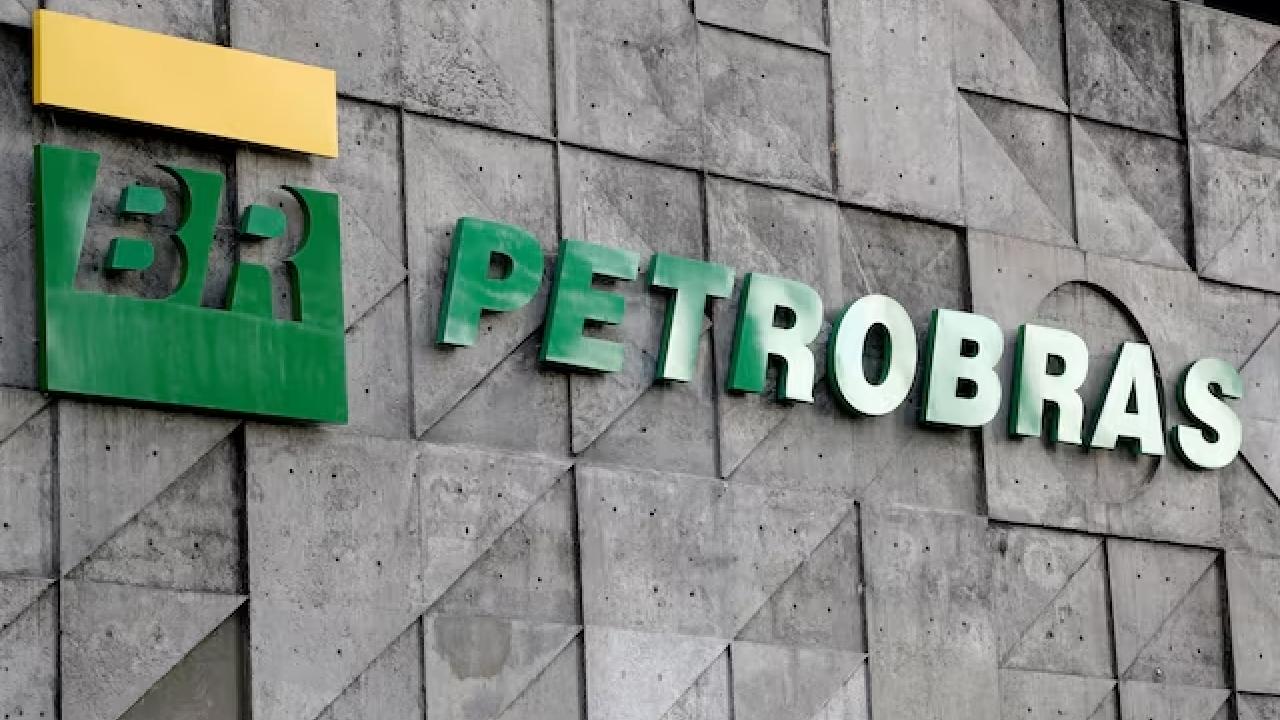
On September 9, the company obtained authorization from the National Agency of Petroleum, Natural Gas and Biofuels (ANP) for the industrial operation of the plant.
Petrobras has begun the process to launch Brazil's largest natural gas processing unit, located in Itaboraí, in the metropolitan region of Rio de Janeiro.
On September 9, the company obtained authorization from the National Agency of Petroleum, Natural Gas and Biofuels (ANP) for the industrial operation of the plant.
The unit will receive gas from the pre-salt layer of the Santos Basin, transported through the Ruta 3 gas pipeline, which will also begin operations.
The Integrated Route 3 Project (PIR3), which includes the processing unit, is strategic for Petrobras, as it will enable a greater supply of natural gas to the Brazilian market, with profitability for the company.
The final phase of preparing the natural gas processing unit is currently underway through calibration of processes and equipment. At this stage, gas is not yet available for the market. Commercial operations are expected to begin in the first half of October.
The PIR3 project will allow the flow of up to 18 million cubic meters per day and the processing of up to 21 million cubic meters per day of gas by the unit, expanding the supply of natural gas to the domestic market and reducing dependence on imports.
BOAVENTURA ENERGY COMPLEX
Petrobras has renamed the Itaboraí Industrial Complex, where the natural gas processing unit is located, the Boaventura Energy Complex, in reference to the Convent of São Boaventura, located inside the industrial complex and whose ruins have been preserved by the company. The complex will be inaugurated this Friday, September 13.
In addition to the pipeline implemented for the flow of natural gas, Petrobras is working on other projects within the complex, such as two gas-fired thermoelectric plants to participate in the auctions planned for the electricity sector. The company also plans to build other refining units to produce fuels and lubricants.
Once the works at the complex are completed, the operating units will have a production capacity of approximately 12,000 barrels per day (bpd) of Group II lubricating oils, 75,000 bpd of S-10 diesel and 20,000 bpd of aviation kerosene (QAV-1). The plant will operate in synergy with the Duque de Caxias Refinery (Reduc).










